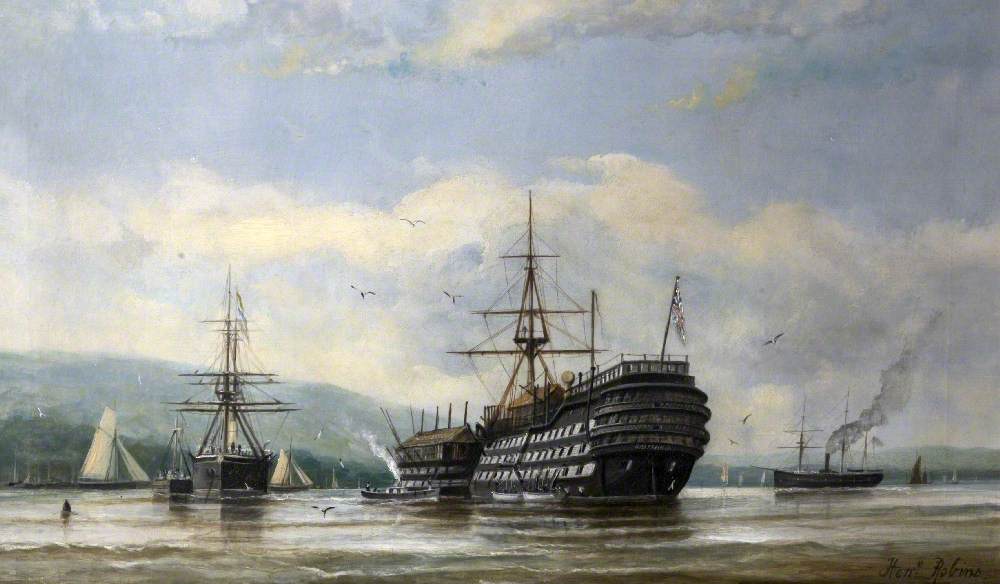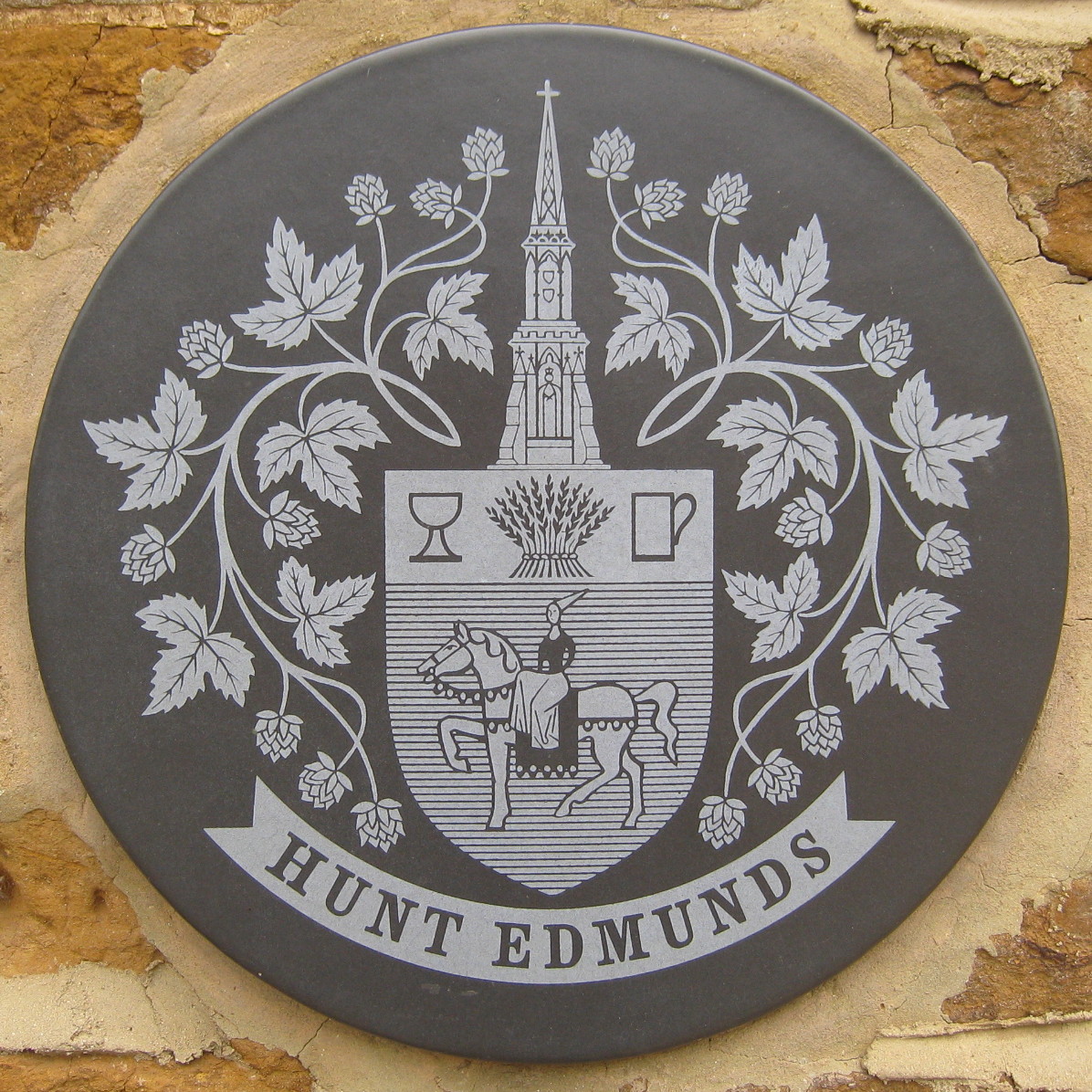|
Lancelot Holland
Vice-Admiral Lancelot Ernest Holland, (13 September 1887 – 24 May 1941) was a Royal Navy officer who commanded the British force in the Battle of the Denmark Strait in May 1941 against the German battleship ''Bismarck''. Holland was lost when he stayed at his post during the sinking of . Early life Lancelot Holland was one of six sons and a daughter of a doctor who was also a brewer for the firm Hunt Edmunds. He was born in Middleton Cheney and was raised in the Banbury area. He entered the Royal Navy on 15 May 1902. On leaving HMS ''Britannia'' in September 1903, he was drafted to the China Station to join . He served in the Far East until August 1905. The latter part of his time there was spent in . Returning home, Holland saw brief service during the summer of 1908 in the Admiralty surveying ship HMS ''Research''. However, the surveying service proved not to be Holland's forte and three years later on 14 September 1911 the young Lieutenant Holland joined , the Royal N ... [...More Info...] [...Related Items...] OR: [Wikipedia] [Google] [Baidu] |
Middleton Cheney
Middleton Cheney is a village and civil parish in West Northamptonshire, England. The village is about east of Banbury in Oxfordshire and about west-northwest of Brackley. The A422 road between Banbury and Brackley used to pass through Middleton Cheney, but now bypasses it to the south. The 2011 Census recorded the parish's population (including Thenford) as 3,597. Archaeology and history The village's name means 'Middle farm/settlement'. The village was held by John de Chendut in the 12th century. Traces of Neolithic, Bronze Age and Roman settlements have been found in the parish. An open field system of farming prevailed in the parish until the 18th century. Parliament passed an Inclosure Act for the parish in 1769 and the parish was surveyed for its inclosure awards in 1770. There is a row of 19th-century almshouses on the former main road through the village. In 1847 Parliament passed a bill for the Buckinghamshire Railway to build an extension to Banbury. It was buil ... [...More Info...] [...Related Items...] OR: [Wikipedia] [Google] [Baidu] |
Battle Of The Denmark Strait
The Battle of the Denmark Strait was a naval engagement in the Second World War, which took place on 24 May 1941 between ships of the Royal Navy and the ''Kriegsmarine''. The British battleship and the battlecruiser fought the German battleship and the heavy cruiser , which were attempting to break out into the North Atlantic to attack Allied merchant shipping (Operation Rheinübung). Less than 10 minutes after the British opened fire, a shell from ''Bismarck'' struck ''Hood'' near her aft ammunition magazines. Soon afterwards, ''Hood'' exploded and sank within three minutes, with the loss of all but three of her crew. ''Prince of Wales'' continued to exchange fire with ''Bismarck'' but suffered serious malfunctions in her main armament. The British battleship had only been completed in late March 1941, and used new quadruple gun turrets that were unreliable. ''Prince of Wales'' soon broke off the engagement. The battle was a tactical victory for the Germans, but its impact ... [...More Info...] [...Related Items...] OR: [Wikipedia] [Google] [Baidu] |
Flag Captain
In the Royal Navy, a flag captain was the captain of an admiral's flagship. During the 18th and 19th centuries, this ship might also have a "captain of the fleet", who would be ranked between the admiral and the "flag captain" as the ship's "First Captain", with the "flag captain" as the ship's "Second Captain". Unlike a "captain of the fleet", a flag-captain was generally a fairly junior post-captain Post-captain is an obsolete alternative form of the rank of Captain (Royal Navy), captain in the Royal Navy. The term served to distinguish those who were captains by rank from: * Officers in command of a naval vessel, who were (and still are) ..., as he had the admiral to keep an eye on him, but – like a "captain of the fleet" – a "flag captain" was a post rather than a rank. References F Royal Navy {{navy-stub ... [...More Info...] [...Related Items...] OR: [Wikipedia] [Google] [Baidu] |
Captain (Royal Navy)
Captain (Capt) is a senior officer rank of the Royal Navy. It ranks above Commander (Royal Navy), commander and below Commodore (Royal Navy), commodore and has a NATO ranking code of OF-5. The rank is equivalent to a colonel in the British Army and Royal Marines, and to a group captain in the Royal Air Force. There are similarly named Captain (naval), equivalent ranks in the navies of many other countries. Seagoing captains In the Royal Navy, the officer in command of any warship of the rank of Commander (Royal Navy), commander and below is informally referred to as "the captain" on board, even though holding a junior rank, but formally is titled "the commanding officer" (or CO). In former times, up until the nineteenth century, Royal Navy officers who were captains by rank and in command of a naval vessel were referred to as post-captains; this practice is now defunct. A Captain (D) or Captain Destroyers afloat was an operational commander responsible for the command of dest ... [...More Info...] [...Related Items...] OR: [Wikipedia] [Google] [Baidu] |
Greenwich
Greenwich ( , ,) is a town in south-east London, England, within the ceremonial county of Greater London. It is situated east-southeast of Charing Cross. Greenwich is notable for its maritime history and for giving its name to the Greenwich Meridian (0° longitude) and Greenwich Mean Time. The town became the site of a royal palace, the Palace of Placentia from the 15th century, and was the birthplace of many Tudors, including Henry VIII and Elizabeth I. The palace fell into disrepair during the English Civil War and was demolished to be replaced by the Royal Naval Hospital for Sailors, designed by Sir Christopher Wren and his assistant Nicholas Hawksmoor. These buildings became the Royal Naval College in 1873, and they remained a military education establishment until 1998 when they passed into the hands of the Greenwich Foundation. The historic rooms within these buildings remain open to the public; other buildings are used by University of Greenwich and Trinity Laban C ... [...More Info...] [...Related Items...] OR: [Wikipedia] [Google] [Baidu] |
Whale Island, Portsmouth
Whale Island is a small island in Portsmouth Harbour, close by Portsea Island. It is home to HMS ''Excellent'', the oldest shore training establishment within the Royal Navy, and the location of the Navy Command Headquarters. The island is linked to Portsea Island and thence to the mainland by road bridges. Early history Ordnance Survey maps of Portsmouth Harbour from 1862 show Whale Island as a narrow strip: its east-to-west dimensions were similar to present times, but north to south it measured only tens of yards. To its northwest was Little Whale Island.Maps, documents and photographs on display in the Quarterdeck building, HMS Excellent. Modern Whale Island is predominantly reclaimed land, using the deposits dredged from Portsmouth harbour during the 19th century, increasing the land area by about 125%. It was constructed with the help of the many prisoners taken in the Napoleonic Wars. Expansion During 1867 a viaduct was constructed from the north wall of the dockyard t ... [...More Info...] [...Related Items...] OR: [Wikipedia] [Google] [Baidu] |
China Station
The Commander-in-Chief, China was the admiral in command of what was usually known as the China Station, at once both a British Royal Navy naval formation and its admiral in command. It was created in 1865 and deactivated in 1941. From 1831 to 1865, the East Indies Station and the China Station were a single command known as the East Indies and China Station. The China Station, established in 1865, had as its area of responsibility the coasts of China and its navigable rivers, the western part of the Pacific Ocean, and the waters around the Dutch East Indies. The navy often co-operated with British commercial interests in this area. The formation had bases at Singapore (Singapore Naval Base), HMS ''Tamar'' (1865–1941 and 1945–1997) in Hong Kong and Wei Hai (at Liugong Island) (1898–1940). The China Station complement usually consisted of several older light cruisers and destroyers, and the Chinese rivers were patrolled by a flotilla of suitable, shallow-draught gunboats, ... [...More Info...] [...Related Items...] OR: [Wikipedia] [Google] [Baidu] |
HMS Prince Of Wales (1860)
HMS ''Prince of Wales'' was one of six 121-gun screw-propelled first-rate three-decker line-of-battle ships of the Royal Navy. She was launched on 25 January 1860. In 1869 she was renamed HMS ''Britannia'' and under that name served at Dartmouth as a cadet training ship until 1905. History The ''Prince of Wales'' was originally a 3,186 ton 120 gun design by John Edye and Isaac Watts for a modified ''Queen''-class sailing line-of-battle ship. She was laid down at Portsmouth on 10 June 1848, although she was not formally ordered until 29 June, and the design was approved on 28 July 1848. In 1849, the Royal Navy started ordering screw line-of-battle ships starting with the ''Agamemnon''. It is possible that construction of ''Prince of Wales'' was suspended, as screw line-of-battle ships laid down after her, were completed before her. ''Prince of Wales'' was reordered to complete as a 121 gun screw line-of-battle ship on 9 April 1856, conversion work started on 27 Octob ... [...More Info...] [...Related Items...] OR: [Wikipedia] [Google] [Baidu] |
Hunt Edmunds
Hunt Edmunds was a brewery in Banbury, Oxfordshire, England. History The brewery was founded by John Hunt in 1840, but it was Thomas Hunt who went into partnership with William Edmunds (1826–1908) in 1850. Edmunds' son, Charles Fletcher Edmunds (1855–1907) became a partner in 1886, and succeeded his father in 1896. His son Maurice Edmunds (d. 1950) was a later chairman. Eventually the brewery had over 100 pubs. Other breweries in the town were taken over along with their pubs, including the former Austin's Brewery in North Bar, latterly owned by Messrs Dunnell; William Barrett's Britannia Brewery in Newland Road; and the Banbury Brewery Co. in Bridge Street. By 1886 the company had two breweries and 64 tied houses in Banbury. The main brewery was on the southern side of Bridge Street, Banbury, and extended all the way back to George Street. Brews included "Banbury Best Bitter", "Banbury Brown Ale" and "Banbury Cross Ale". Other breweries were taken over, including the Banbu ... [...More Info...] [...Related Items...] OR: [Wikipedia] [Google] [Baidu] |
German Battleship Bismarck
''Bismarck'' was the first of two s built for Nazi Germany's . Named after Chancellor Otto von Bismarck, the ship was laid down at the Blohm & Voss shipyard in Hamburg in July 1936 and launched in February 1939. Work was completed in August 1940, when she was commissioned into the German fleet. ''Bismarck'' and her sister ship were the largest battleships ever built by Germany, and two of the largest built by any European power. In the course of the warship's eight-month career, ''Bismarck'' conducted only one offensive operation that lasted 8 days in May 1941, codenamed . The ship, along with the heavy cruiser , was to break into the Atlantic Ocean and raid Allied shipping from North America to Great Britain. The two ships were detected several times off Scandinavia, and British naval units were deployed to block their route. At the Battle of the Denmark Strait, the battlecruiser initially engaged ''Prinz Eugen'', probably by mistake, while engaged ''Bismarck''. In the en ... [...More Info...] [...Related Items...] OR: [Wikipedia] [Google] [Baidu] |




